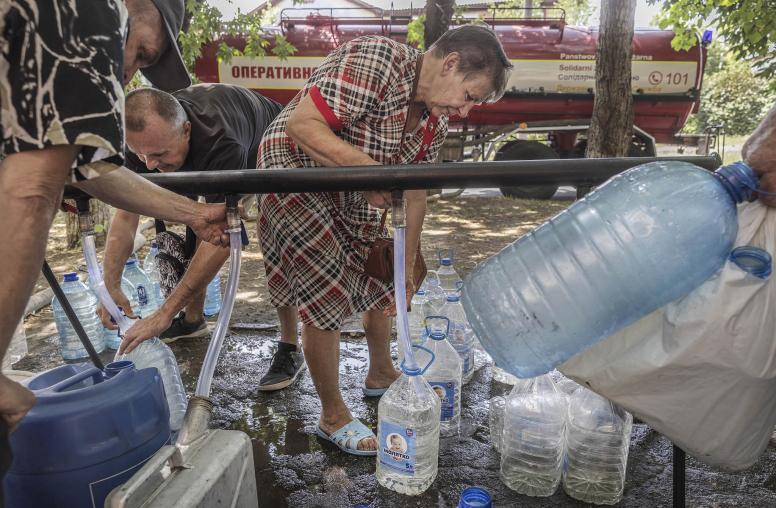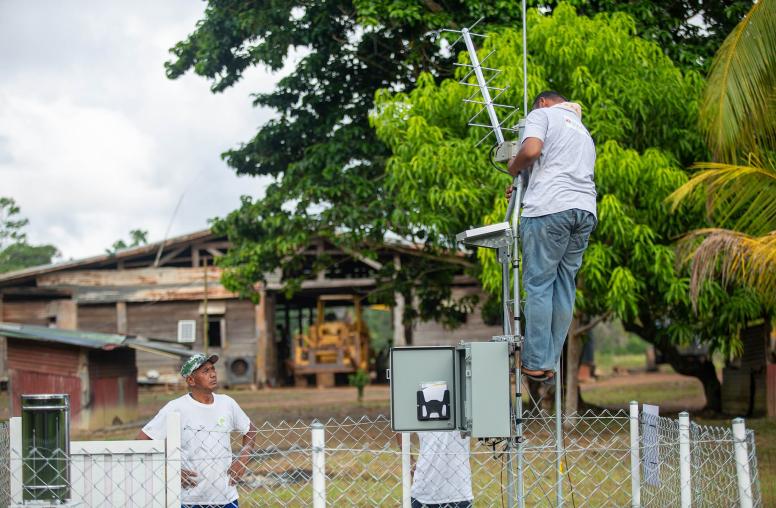How Business Can Foster Peace
There are many ways businesses can and do promote peace in conflict zones, but smart strategies will take into account the firms’ size, ownership, industry, and the degree to which they are connected to local supply chains.

Summary
- The business sector can promote prosperity and stability in conflict-prone and conflictaffected regions through good corporate citizenship, but operating in these high-risk, high-reward environments is fraught with great difficulty. Many firms develop risk mitigation strategies designed to minimize exposure and cost without accounting for costs to the country, its population, and the environment.
- Poor risk management strategies combine with endemic corruption and myriad market failures and distortions resulting from weak economic governance to reinforce aspects of the political economy that could trigger and sustain violent conflict. Effectively addressing these failings could reduce business costs, increase efficiency, and improve governance and livelihoods in fragile regions.
- U.S. government policy documents, such as the Quadrennial Defense Review, Quadrennial Diplomacy and Defense Review, and National Security Strategy, allude to a potential role for firms in furthering stability and promoting peace but do not clearly analyze the complexities such endeavors entail or identify workable solutions.
- Strategies to capitalize on the immense potential of the business sector to foster peace must account for the size of firms, whether they are state or privately owned, which industries they are involved in, and their interconnectedness within supply chains.
- Key components of effective strategies include crafting incentives to reward investing firms that espouse good corporate citizenship, strengthening international initiatives that promote transparency and contain corruption, developing initiatives to more fully incorporate the local economy into global value chains, and introducing mechanisms to forge global consensus on appropriate conflict-sensitive business practices.
About the Report
While the notion of business fostering peace is becoming well established in the academic literature, relatively scant attention is devoted to policies or strategies to promote potentially positive synergies in conflict-affected and fragile regions. In 2010, the U.S. Institute of Peace’s Center for Sustainable Economies convened a high-level task force, in partnership with George Washington University’s Institute for Corporate Responsibility, to examine the rationale for business practices in challenging environments and propose steps that international and external players could take to promote conflict-sensitive business practices that augur well for shared prosperity and stability. Preliminary findings were presented at the Business for Peace Summit in Oslo, Norway, in October 2011. This report synthesizes task force deliberations and presents a set of recommendations for stakeholders. It also identifies research questions that merit further investigation.
About the Authors
John Forrer is the associate director of the Institute for Corporate Responsibility at George Washington University School of Business and is a leading scholar in the area of business and global governance. Timothy L. Fort holds the Lindner-Gambal Professorship in Business Ethics at George Washington University School of Business and is the author of three books on the relationship between business and peace. Raymond Gilpin directs the Center for Sustainable Economies at USIP and chairs the Institute’s task force on business and peace. The authors acknowledge valuable contributions from task force members, helpful reviews from referees, and excellent research assistance by Shadé Brown at USIP.



